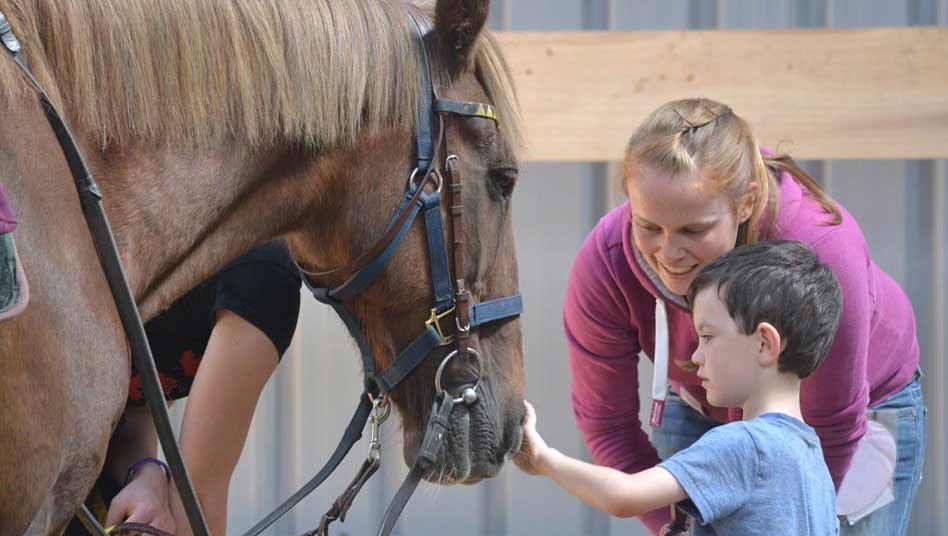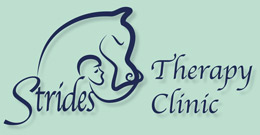Augmentative & Alternative Communication (AAC)
Many different things can contribute to difficulties with communication. Physical disabilities or motor-coordination problems can make producing speech a big challenge and certain learning difficulties can make it hard to produce speech or manage spoken language.
A child may have issues communicating and may need to use other methods to communicate effectively. Augmentative and alternative communication (AAC) is the term used to describe these other methods of communicating. As the term suggests, it can be used as an alternative to speech or to supplement it. We all use AAC in our daily lives to a certain extent, when we wave hello or goodbye, giving a ‘thumbs up’ instead of saying ‘yes’, or when we point at something to communicate what we want. For people with speech difficulties, AAC tools can ‘add on’ to verbal communication (e.g. pictures, gestures or pointing) or more powerful computer technology can help people with more complex difficulties.

Equine Movement (Hippotherapy)
According to the American Hippotherapy Association, ‘the term hippotherapy refers to how occupational therapy, physical therapy and speech-language pathology professionals use evidence-based practice and clinical reasoning in the purposeful manipulation of equine movement as a therapy tool to engage sensory, neuromotor and cognitive systems to promote functional outcomes. Best practice dictates that occupational therapy, physical therapy and speech-language pathology professionals integrate hippotherapy into the patient’s plan of care, along with other therapy tools and/or strategies’.
A horse’s pelvis and a human’s pelvis share the same three-dimensional planes. The movement transmitted from the horse’s pelvis impacts the sensory, cognitive, neuromotor and musculoskeletal systems. When incorporating equine movement into a therapy session, our specially trained therapists select a horse with a specific movement, use and modify the movement to provide the sensory and neurological input each client needs to reach functional goals. The therapist can also choose to use different developmental positions for the client during equine movement to target specific functional outcomes.
Using equine movement as part of a client’s integrated plan of care can benefit children from 12months old (if appropriate). Take a look at our “Who we serve” section to see who equine movement may be a suitable treatment tool for.
